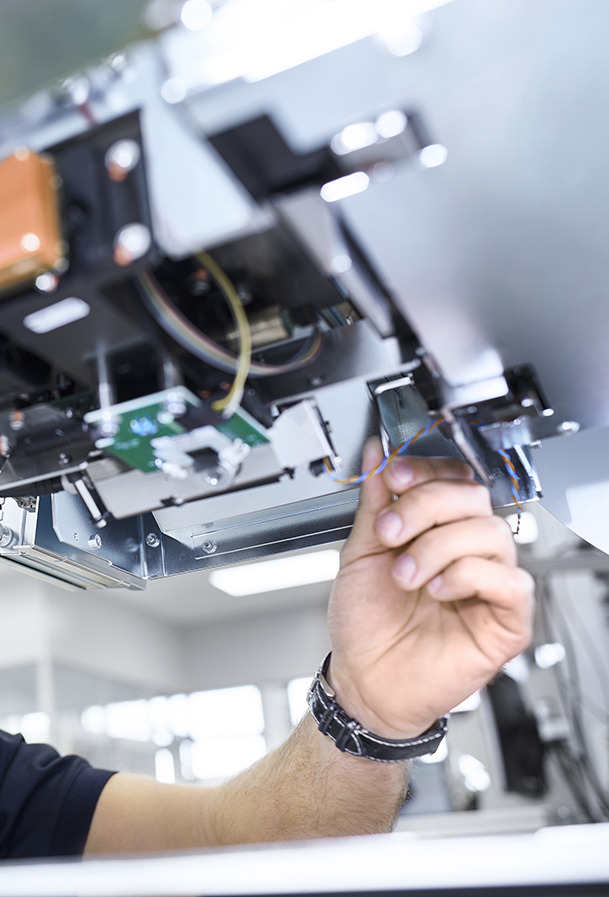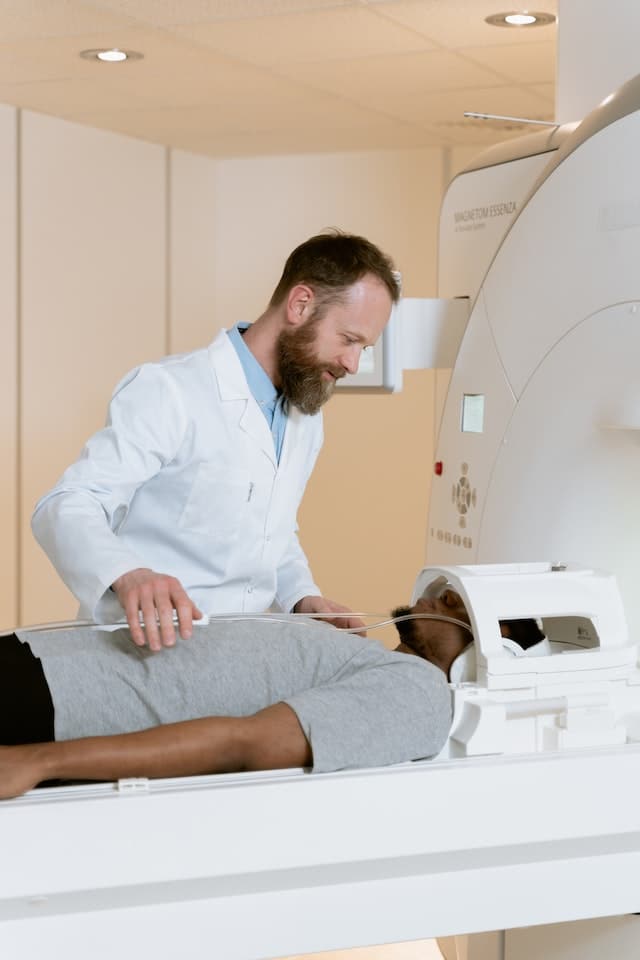
Regular PM services and proper maintenance are crucial to ensuring the optimal performance of your x-ray equipment, maintaining compliance with regulatory bodies, saving costs, ensuring accuracy, and preserving your reputation as a healthcare provider. By investing in preventative maintenance and addressing issues promptly, you can extend the lifespan of your equipment, ensure the safety of your patients, and provide top-quality care.
Preventative Maintenance:
Preventative maintenance is a vital aspect of maintaining your x-ray equipment’s optimal performance. It involves scheduling regular inspections, cleaning, and calibration of your machines. By doing so, you can identify and address any potential issues before they become major problems that can lead to equipment downtime, increased repair costs, or even injury to patients or staff.
Compliance:
Maintaining x-ray equipment is not just about ensuring its performance; it’s also a legal requirement. Regulatory bodies such as the FDA and state radiation control programs require that x-ray equipment be regularly maintained and calibrated to ensure that it’s safe for use. Failure to comply with these regulations can result in hefty fines, loss of licenses, or even legal action.
Cost savings:
Regular service and maintenance can help prevent expensive repairs that can arise from neglect. By addressing minor issues early on, you can save on costly repairs, minimize downtime, and extend the lifespan of your x-ray equipment. Additionally, well-maintained equipment can operate more efficiently, saving you money on energy costs and reducing the risk of breakdowns that can disrupt your operations.
Accuracy:
X-ray machines that are not maintained regularly can produce inaccurate results, leading to incorrect diagnoses, treatment plans, and ultimately, patient harm. By ensuring that your equipment is functioning correctly and accurately calibrated, you can ensure that your patients receive the best care possible.
Reputation:
Your reputation as a healthcare provider can be significantly impacted by the condition of your x-ray equipment. Patients expect state-of-the-art equipment that’s well-maintained and produces accurate results. A failure to maintain your x-ray machines can lead to a negative perception of your practice and damage your reputation.

The most common systems we work on are C-arms. A portable C-arm X-ray system is a medical imaging device that consists of a C-shaped arm with an X-ray source on one end and an image detector on the other end. The C-arm is mounted on a wheeled stand, which allows it to be easily moved to different locations in a hospital or other medical facility.
The portable C-arm X-ray system is commonly used during surgeries, particularly orthopedic and trauma surgeries, to provide real-time imaging of the patient’s internal structures. The surgeon can view the images on a monitor to guide the placement of surgical instruments and ensure accurate positioning of implants or other medical devices.
The X-ray source and image detector can be rotated around the patient to obtain images from multiple angles, and the system can also produce fluoroscopic images, which are real-time X-ray images that can show the movement of internal structures.
Portable C-arm X-ray systems typically use digital X-ray technology, which produces high-quality images with lower doses of radiation than traditional film-based X-ray systems. They are also designed to be easy to use and maneuver, with intuitive controls and a compact size that allows them to fit into small operating rooms or other areas with limited space.
Overall, the portable C-arm X-ray system is a valuable tool in the surgical setting, providing high-quality imaging and real-time feedback to help improve patient outcomes and surgical success rates.